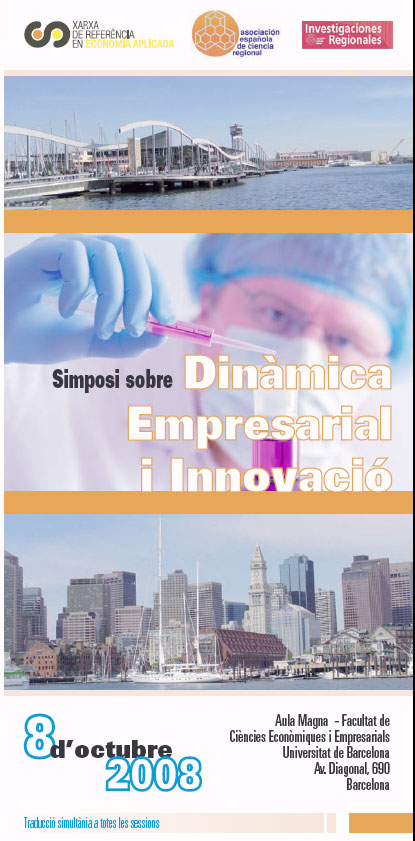This article analyses the effect of immigration flows on the growth and efficiency of manufacturing firms in Spanish cities. To date, most studies have tended to focus on the effect immigrants have on labour markets at an aggregate level. Here, however, we undertake an exhaustive analysis at the firm level and report conclusive empirical findings. Ten years ago, Spain began to register massive immigration flows, concentrated above all on its most dynamic and advanced regions. Here, therefore, rather than focusing on the impact this has had on Spain’s labour market (changes to the skill structure of the workforce, increase in labour supply, the displacement of native workers, etc.), we examine the arrival of immigrants in terms of the changes this has meant to the structure of the country’s cities and their amenities. Thus, we argue that the impact of immigration on firm performance should not only be considered in terms of the labour market, but also in terms of how a city’s amenities can affect the performance of firms. Employing a panel data methodology, we show that the increasing pressure brought to bear by immigrants has a positive effect on the evolution of labour productivity and wages and a negative effect on the job evolution of these manufacturing firms. In addition, both small and new firms are more sensitive to the pressures of such immigrant inflows, while foreign market oriented firms report higher productivity levels and a less marked impact of immigration than their counterparts. In this paper, we also present a set of instruments to correct the endogeneity bias, which confirms the effect of local immigration flows on the performance of manufacturing firms.
Teruel-Carrizosa, M. (GRIT); Segarra-Blasco, A. (GRIT)
